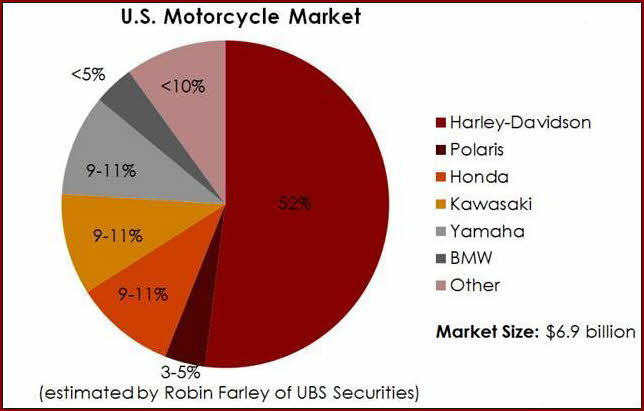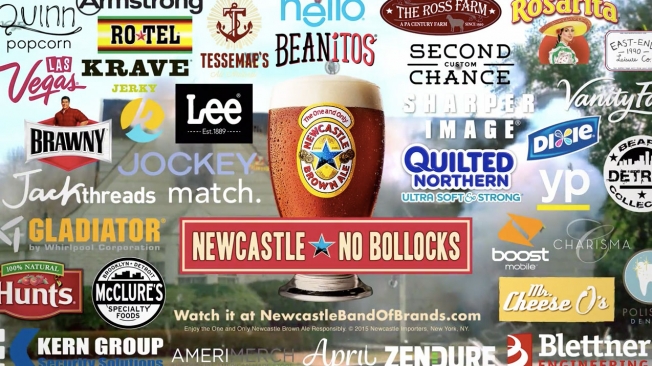The hardest part of getting any endeavor off the ground is to secure funding. Traditionally, in order to gain enough funding for a project, entrepreneurs had to go to banks or find funding through willing investors.
Today, entrepreneurs can achieve funding through a variety of ways including friends and family, angel investors or venture capitalists, but none of them are as interesting as the crowdfunding phenomenon that has surged into legitimacy in the past decade.
Crowdfunding might be an activity for startup companies raising funds, but marketers can learn a lot from the crowdfunding process, from the importance of the pitch to creating effective video marketing content – in this case, the startups are marketing themselves to potential investors.
How does crowdfunding work?
In crowdfunding, the entrepreneur solicits donations from the public either in person at events like Jacksonville’s One Spark Festival, or by using a variety of online websites like Kickstarter or Indiegogo.
Crowdfunding is unique because it allows the entrepreneur to pitch their product while simultaneously perform a focus group dedicated to their product with very little risk. The more people who invest in a campaign, the higher the interest there will be in the final product.
There has been a lot written about crowdfunding campaigns. You can find, in my opinion, one of the best blogs written by Tim Ferriss of The Four-Hour Work Week fame on how to raise $100,000 in 10 days.
My focus in this blog will be to explain how to craft the most important part of a crowdfunding campaign: the pitch.
Pitching a crowdfunding project
The pitch is generally a 3-5 minute video explaining to your potential investors who you are, what you are trying to accomplish, how much money it would take to reach your goal, why you need that specific amount, and what’s in it for them.
Depending on your budget, your video could be professionally made or shot with a simple camera phone. What matters most is your content:
“The strength of your video pitch often determines how likely you are to meet your crowdfunding goal.”
– The Bank to the Future
The pitch can be broken down into three sections: The hook, the core and the bribe.
Step #1. The hook
According to the Bank to the Future’s useful video on crafting a pitch, the first 8-16 seconds of your video should be used to capture your potential investor’s interest.
In those seconds, it’s important to introduce them to the purpose of your video and to tell them visually or verbally what they are going to get out of watching it. If you have a prototype, show it in action. If you don’t, state your value proposition.
To craft your value proposition, ask yourself the following question; “If I am your ideal investor, why should I help you reach your crowdfunding goal?”
Read more…





 The idea was that every time someone got a cup of coffee, it could be an opportunity to talk about the recent racial and social tensions that have recently gained traction in the national media.
The idea was that every time someone got a cup of coffee, it could be an opportunity to talk about the recent racial and social tensions that have recently gained traction in the national media.






